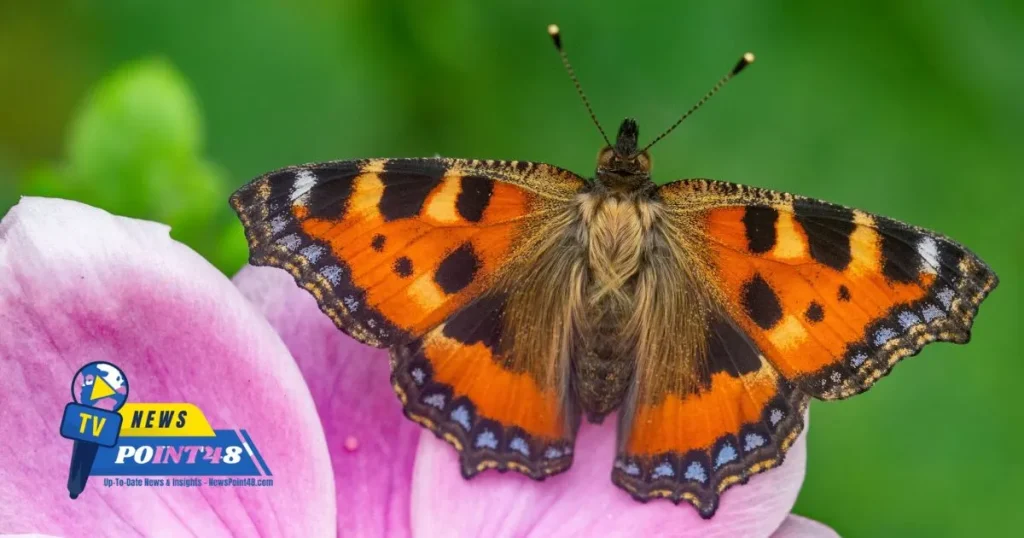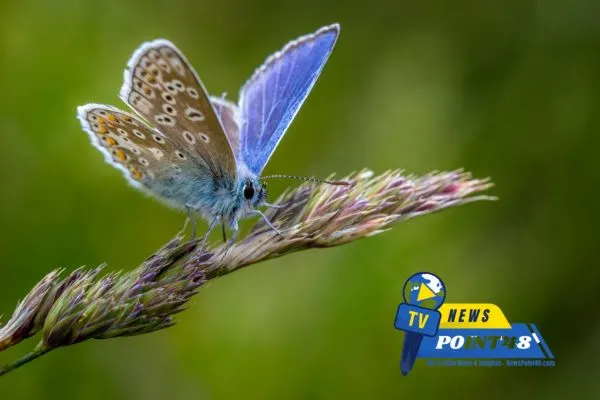
Northern Ireland’s Butterflies Marking Their Decline.
Conservationists and environmentalists are worried as butterfly populations across Northern Ireland have fallen to an all-time low. The number of butterfly species in the region has plummeted in recent studies — driven both by habitat loss and other environmental threats such as climate change and pollution. The alarming decrease of seating for this species is a trend that can have even wider ecological consequences, as butterfly are essential pollinators and their status is a strong indicator of the health of biodiversity.
Influences for the Decline
Loss of Habitat: Urban sprawl and increasing intensification of agriculture have been the prominent causes behind the loss of natural habitats. Many butterfly species also going through hell trying to find living spaces where they can both breed and feed buttery foods.
Climate Change — Changes in temperature and weather patterns have led to changes in life cycles for most butterfly species. Most critically, food sources for butterfly-like nectar plants are increasingly available out of sync with the life cycles of butterflies due to warmer winters and erratic weather patterns.
Pollution and Pesticide Use The increasing reliance on pesticides and other agrochemicals is putting huge levels of threat to butterfly populations. Not only do they take wildflowers out of nature, but these chemicals directly impact the insects.
Species Most Affected

The Butterfly Conservation data reveals a big drop in some butterfly species in Northern Ireland Previous articles of Glanville Fritillary butterfly influence its gonadal transcriptomeNext articleSmall Tortoiseshell and Peacock butterflies face sharp declineLoad comments. One of the worst affected is an already vulnerable British butterfly, the Marsh Fritillary, which has been struggling to hang on in many regions due to a shortage of conservation work.
Natural Role of Butterflies in Ecosystem Easy Ways to Identify Insects Can you Recognize these 40 Types of Butterfly?
The very fact that butterflies are so visually attractive further reinforces their other critical functions in the ecosystem. They pollinate many wildflower species and birds (and other wildlife) prey on them. Loss of butterfly numbers can upset such food chains, triggering still more loss of biodiversity.
Conservation Efforts
This lowering is being fought. The Butterfly Conservation charity in Northern Ireland backed calls for wildlife-friendly farming methods to help the species. The Butterfly Conservation Northern Ireland group is among those trying to raise awareness and citizen science projects are being planned to monitor butterfly populations.
The Plant for Pollinators campaign also encourages people to support butterflies by planting plots of native wildflowers, putting down lawnmowers, and using fewer pesticides.
How to Help
There are many things that people can do to help reverse the downward trend of butterflies.
Creating Butterfly Habitats: If gardens and green spaces are native-planted then butterflies habitats can be developed.
Use Fewer Pesticides:Try gardening organically or chem-free.
Engage in Citizen Science: Collecting and monitoring data on butterflies (and moths).
Help conservation causes: Support local efforts to conserve butterflies and their habitats by contributing.

Northern Ireland’s declining butterfly populations are a grim sign of wider environmental woes These critically important species for conserving a full representation of the fauna of the region need to be protected in time with immediate action. [ 236,225 ] by raising awareness and promoting sustainability, perhaps we can stop the downward trend and guarantee butterflies will still be around for our children to see.
To find out how you can help in the conservation of butterflies, click on Newspoint48.
